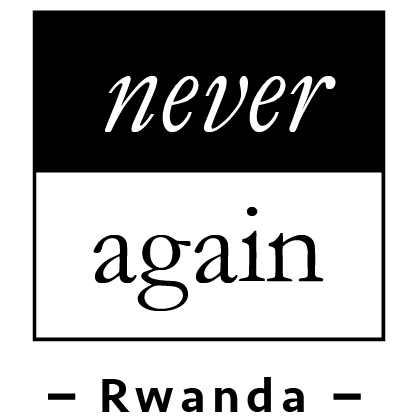THE DIGITALIZATION OF JUSTICE MOVEMENTS AROUND THE WORLD
The social media and digital revolution have brought us closer to each other than ever before. Distance nor the lines of social or economic class do not divide those on both sides of social debate. Appealing to one another for change has never been as easy or accessible as it is today. This has had a huge effect on the evolution of social justice movements in the digital age, as inter-connectivity has made the Internet the home of the modern-day justice movement.
From the #MeToo movement to the ongoing conversation on #BlackLivesMatter, the online presence of the modern justice movement has broken barriers of ignorance as the conversation is brought to our timelines. There is no excuse for turning a blind eye when your online presence makes your silent complicity clear. Inter-connectivity forces us to reinterpret our principles of justice, and to be actively conscious of the societal ills that plague civilization.
Historic movements have long relied on traditional means to make the appeal that digitalization has made so accessible. From Gandhi’s civil disobedience Salt March to Martin Luther King’s March on Washington, speeches in front of large audiences, community outreach, and coverage from traditional mass media have been the approaches towards forcing the conversation behind any movement. These approaches have not been lost on justice movements in the modern era. Marches and speeches still constitute the basis of any justice movement and going into the community to speak to residents is critical to understanding the politics of the area.
However, due to the limitless nature of the Internet, the life of justice movements now exists on the Internet. The digital landscape has provided a huge scale up in influence as platforms like Twitter and Facebook have become the primary vehicle for progression and sustainability of any justice movement.
Petitions sites such as change.org are hubs of online activism; crowdsourcing platforms such as gofundme.com enable activists to garner financial support; and hashtags on social media platforms such as Twitter and Facebook have become the virtual homes of the movement, as activists organize protests and micro-blog to supporters of the cause.
This level of greater mobilization is a byproduct of the digital world. What used to be possible only through a huge amount of physical outreach and telephone activism is now made simple through a basic understanding of using the Internet. The modern-day activist can make huge waves with a simple Facebook post to the Internet community.
A study on the 2017 Women’s March held on January 21st, which originated from a single Facebook post, estimates that more than 7 million people participated in Women’s March events all over the world. Social media user Teresa Shook posted to a Facebook group, which developed into an event invite, and then to 10,000 people requesting to join the cause.
However, the ease of connection that the Internet has brought does raise questions on the commitment of those that do participate. ‘Slacktivism’ which is defined by the United Nations as “supporting a cause by performing simple measures” is highlighted as an issue with the digitalization of justice movements.
It is quite easy to feign support and passively participate by simply retweeting or liking a post. It does not reflect the necessary effort needed to really enforce and demand societal change. This criticism cannot be leveled towards civil rights activists like the late John Lewis, who in 1965 marched straight into state troopers in riot gear. They responded with bullwhips and rubber tubing wrapped in barbed wire. Most people who took part in traditional justice movements had much stronger purpose even if in much smaller numbers.
Purpose is what drives these movements for change, so if sections of the support are not fully devoted to the cause, it’s possible that the message becomes diluted and lost within the noise. This was evident during the ongoing #BlackLivesMatter protests in the wake of George Floyd’s murder.
The online community both corporate and individual took part in posting black screens on their respective Instagram feeds under the hashtag #BlackoutTuesday. Brands including Spotify, Live Nation, Apple and TikTok ceased operations for the day to bring forward a unified moment of reflection on the situation. The vast majority of the online community followed suit, and soon there was deep criticism of the movement from prominent #BlackLivesMatter activists who said, “The hashtag is intentionally hiding critical information we are using on the ground and online.” The scramble to take part in this simple activism had a detrimental effect on those truly devoted to the cause.
Inter-connectivity means modern justice movements are likely to continue to exist primarily on the Internet. Although lax participation can at times be a hindrance, a simple show of solidarity from those in your network can be a motivator in the progression of the movement.
As we continue our path towards a more connected globalization, let us see whether digitalization brings about greater change in justice movements or a heightened sense of division.
Peter Ndahiro
Communications Designer


